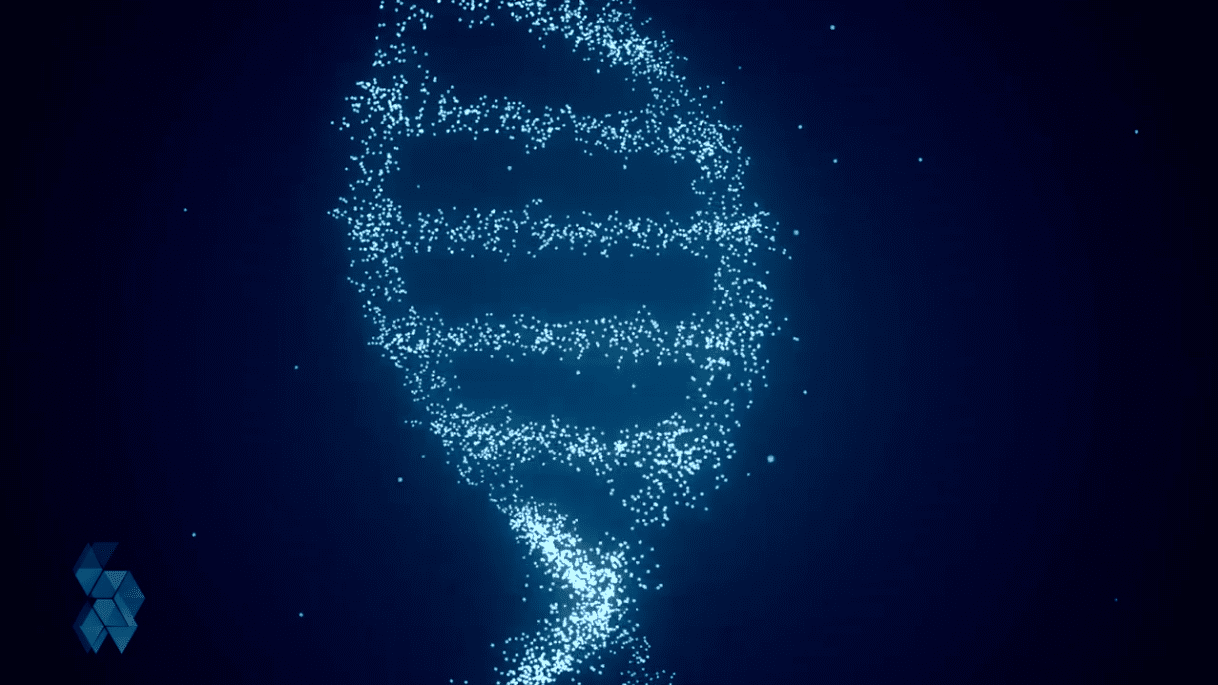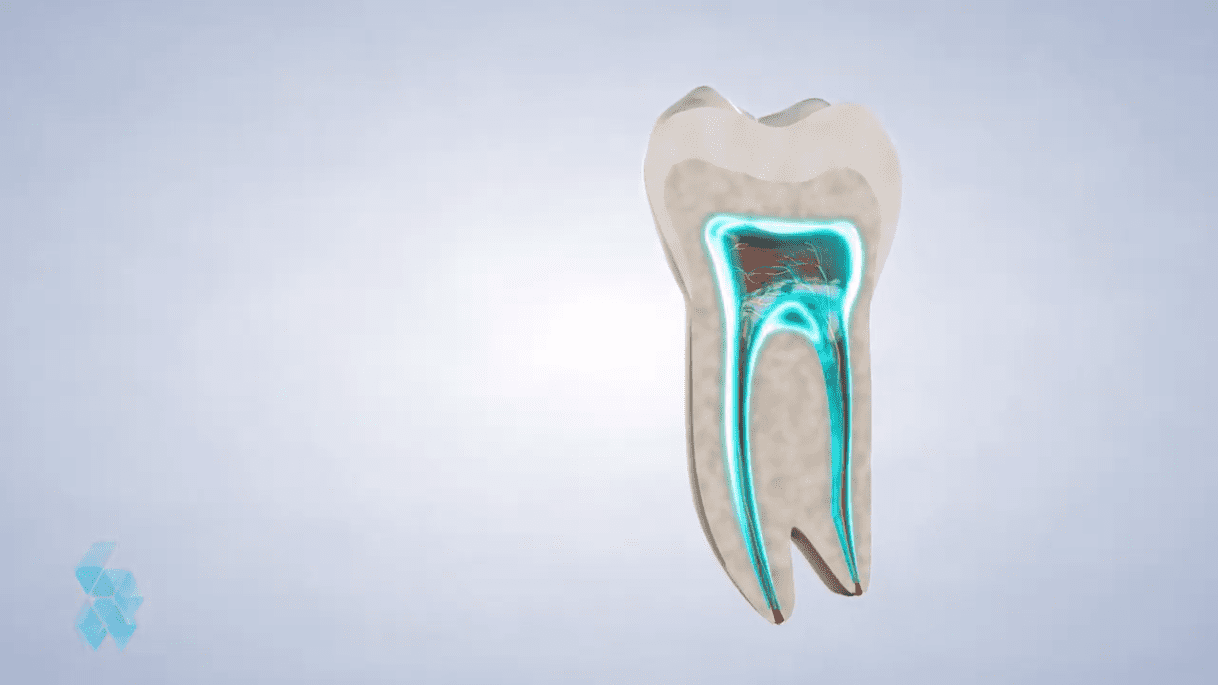Stem cell banking from wisdom teeth
There is a very good chance that your child’s banked dental pulp stem cells from their extracted wisdom teeth will one day be useful in the treatment of diseases and conditions that may affect them in the future. Doctors and researchers are working around the clock to discover new therapies and applications for restoring and renewing human tissues with these remarkable cells.
What are stem cells?
Stem cells: the superstars of today’s medical science
As new practical applications and therapies are discovered, stem cells are the rising stars of medical science, but not everyone knows what they are and why they hold such incredible potential for the future of medicine.

Banking wisdom teeth stem cells makes sense
By collecting wisdom tooth stem cells now, while your child is already undergoing a procedure, you avoid the time, money, and potential complications of collecting stem cells during a separate procedure.
Why bank stem cells from wisdom teeth?
Your banked stem cells are a time capsule of youthful cells with the potential to renew and regenerate many other cell types in your body.

The process
The process of harvesting and cryopreserving your stem cells is like a time capsule—the stem cells are suspended in time and never age, so when healthy and youthful stem cells are banked for potential use in future medical treatments, the cells can be thawed and used at their healthiest state. By banking stem cells from wisdom teeth, the potential for rejection, reaction, or developing a disease that could accompany the use of donor stem cells in the future is completely eliminated.
As the future of health care heads toward an exciting tipping point, banking stem cells is quickly becoming a popular option for families. Doctors and researchers are anticipating a transformation of modern medicine from simply treating symptoms to creating biologic solutions that may someday result in healing disease and restoring healthy function. This new era of healing will focus on prevention and cure using stem cell therapies to treat all age groups and the entire scope of human diseases, including degenerative conditions, cardiovascular and neurological diseases, diabetes, organ failure, autoimmune diseases such as multiple sclerosis, stroke, dementia, cancer, and the list goes on. Current research suggests that stem cell biology may also allow for the growth of healthy new replacement tissues and organs for transplantation.
We’ve recently seen a hint of what’s to come with news of stem cell therapy completely curing babies of the “bubble boy” genetic disorder with no side effects or complications whatsoever. In the ongoing effort to find new treatments for heart disease, researchers recently created a 3D-printed heart complete with blood vessels, ventricles, and chambers using human stem cells. This experimental heart is not functional for transplant in humans, but scientists around the world are busy working toward a shared vision of a future when organs printed with “bio-ink” made of stem cells will be available for transplants in hospitals.
Current stem cell research
Stem cell research continues to expand exponentially with new approaches to the management of diseases discovered daily.



